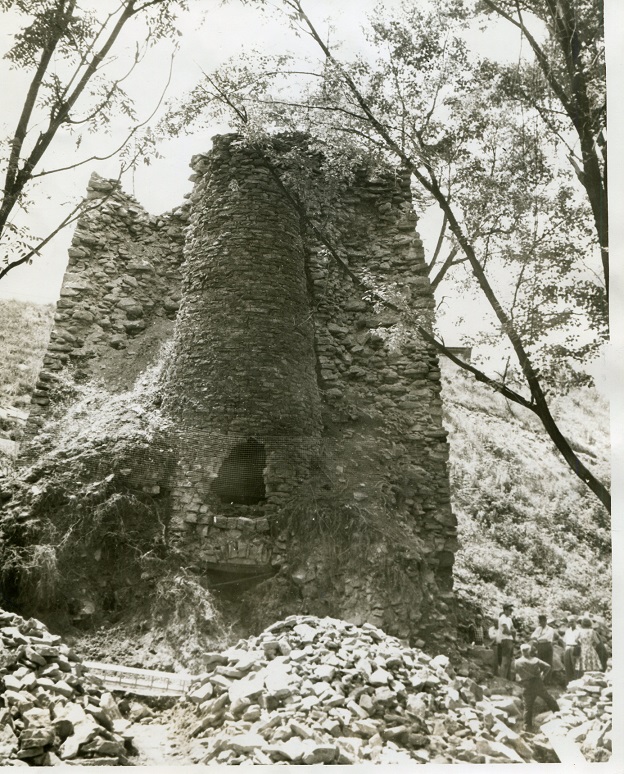The village and township of Karthaus were both named for Peter Karthaus, a native of Germany who immigrated to the United States in 1795.
He made his way up the Susquehanna River to the settle in the wilds of where the mouth of Moshannon Creek meets the river. He was known to be a man of faults and shortcomings, but nevertheless, he began a career of business enterprises and expanded his land holdings.
In 1817, iron ore deposits were discovered in the Karthaus Township village, aptly named Cataract, due to the river’s churning over rocks. The whitewater area became known as Buttermilk Falls.
Karthaus oversaw the building of a massive iron smelting furnace. Early furnaces became profitable businesses that were part of the pre-industrial landscape of Pennsylvania.
Peter Karthaus had access to logs and lumber, which were burned in close and nearly air-tight piles, in order to make charcoal that, in turn, with a chimney drawing super-heated air produced a high enough heat, when burned, to separate the iron metal from the ore.
The resulting ore pre-dated the manufacture of more durable steel. It would commonly be called cast iron today.
The furnace ceased operation in 1839 as flatboats loaded with pig iron ore and iron kettles and pots often were lost on the lost on the treacherous rocks of the Susquehanna.
Nevertheless, it has been estimated that 200 tons of iron ore were smelted yearly in Karthaus. The stone structure sat for ages and fell into neglect, disrepair and slowly collapsed.
A restoration effort began in 1967 to rebuild the furnace, which measured 49 feet in height, with a 42-foot square base that tapered to a 31-foot top base.
The restoration made slow but steady progress. In 1970, during a hard rainstorm, part of the wall collapsed, leaving the interior chimney exposed and pile of stone blocks as rubble.
The furnace site was later deeded to the Karthaus Township Supervisors and a roadside historical marker was erected along nearby Route 879.




